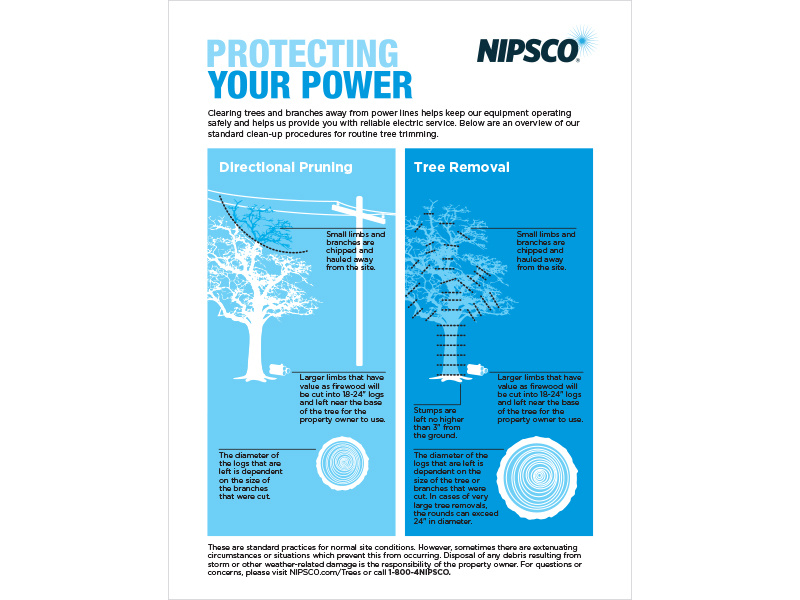Identifying The Requirement For Tree Removal: An Overview For Homeowners
Identifying The Requirement For Tree Removal: An Overview For Homeowners
Blog Article
Content Writer-Wright Halsey
Trees add elegance and worth to property, however they can additionally present a risk during severe climate events. If a tree has actually quit growing, is exhibiting visible fungal growth, or has a leaning trunk, it must be removed by an expert to stay clear of property damages and injury.
To find out more, participate in a property owner resource reasonable co-hosted by HPD, the Center for New York City Neighborhoods, and Brooklyn-based real estate partners this evening in Bedford-Stuyvesant. The occasion will certainly include the Homeowner Handbook, a brand-new guide to aid house owners navigate the duties of owning a home.
1. Dead or Dying Branches
Trees are an essential part of your home's landscape, providing shade and appeal. They also provide shelter for wild animals and generate oxygen, yet also healthy and balanced trees can experience health problems that may require their elimination. Dead or passing away trees aren't simply unpleasant, they can be dangerous. Their branches can drop during a tornado, causing expensive property damages and injuries.
When a tree's branches start to die, it indicates that its structure is starting to break down. If the majority of its branches are dead, it is most likely time to remove it.
Read A lot more of brand-new growth, bark peeling, open wounds or cavities, fungis expanding on the trunk or roots and a general appearance of degeneration in the entire cover. These indicators of infection can show a severe problem that will require expert tree services to resolve.
2. Leaning Trunk
While it's typical for trees to lean every so often due to phototropism, if a tree has an unsafe or extreme lean that's not because of natural processes - maybe a sign that the tree needs to be gotten rid of. If the tree is leaning toward a high-voltage line, home, vehicle, play framework or any other area that could be hazardous to individuals if it falls, after that getting in touch with a professional tree solution for removal must be a top concern.
It's likewise vital to watch for any kind of sudden changes in a tree's leaning as it can suggest damage to the origins or trunk that may cause dropping. This is especially real throughout thundercloud, considering that high winds and rain-soaked soil can cause a lean to alter quickly. Regular tracking, specifically throughout and after tornados can help property owners recognize prospective troubles with their trees so they can call an arborist for an extensive assessment.
3. Pest Invasion
Some pest invasions, such as wood-boring pests like emerald ash borer or sap-suckers like scale bugs, are so serious that they can trigger a tree to pass away. https://wpta21.com/2019/11/27/strong-winds-knock-down-broadway-plaza-tree/ means to prevent pest infestation is to check your trees regularly. Look for spots, openings, or discolorations in the fallen leaves and bark. Take a look at the trunk for fractures and indicators of insect damages, such as passages or tracks.
If a tree ends up being also plagued with pests, or is close to a home or high-voltage line, an arborist may recommend removal. If a leaning tree establishes a brand-new, unsteady lean, an arborist will likely suggest elimination too to make certain the safety of individuals and residential or commercial property. If a damaged or dead tree continually sheds excessive branches, it is an indication that it is time to remove the tree. If a tree remains to lose branches for an extensive amount of time, it could result in structural troubles and prospective home damage.
4. Damaged Trunk
Trees are a gorgeous and integral part of our landscape, however they do need regular care to maintain them healthy and balanced and risk-free. If a tree is harmed beyond repair it is most likely time for it ahead down.
Try to find indicators of damage to the trunk, including upright cracks, seams, dead branch stubs, noticeable injuries or open cavities and serious tree-rot. The presence of fungi at the base of the trunk is another advising indication. Fungis may show that the phloem and xylem (life-support tissues) are endangered, permitting the spread of condition or a future failing.
Also, consider whether the tree has actually quit growing. Healthy and balanced trees will have brand-new growth yearly, which may show up as buds or branches growing and prolonging. If you do not see any new growth, it's a great concept to have an arborist evaluate the tree and follow their suggestion for removal. A passing away or harmed tree can fall and trigger building damages.